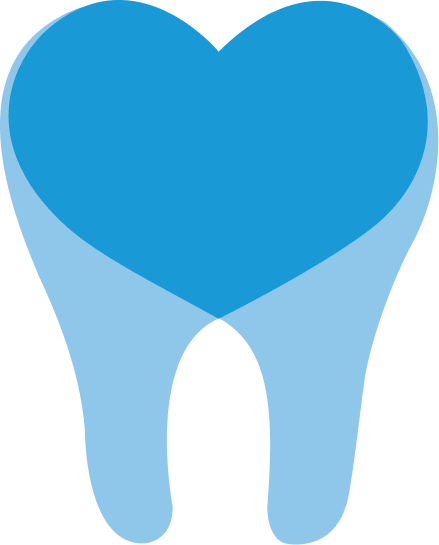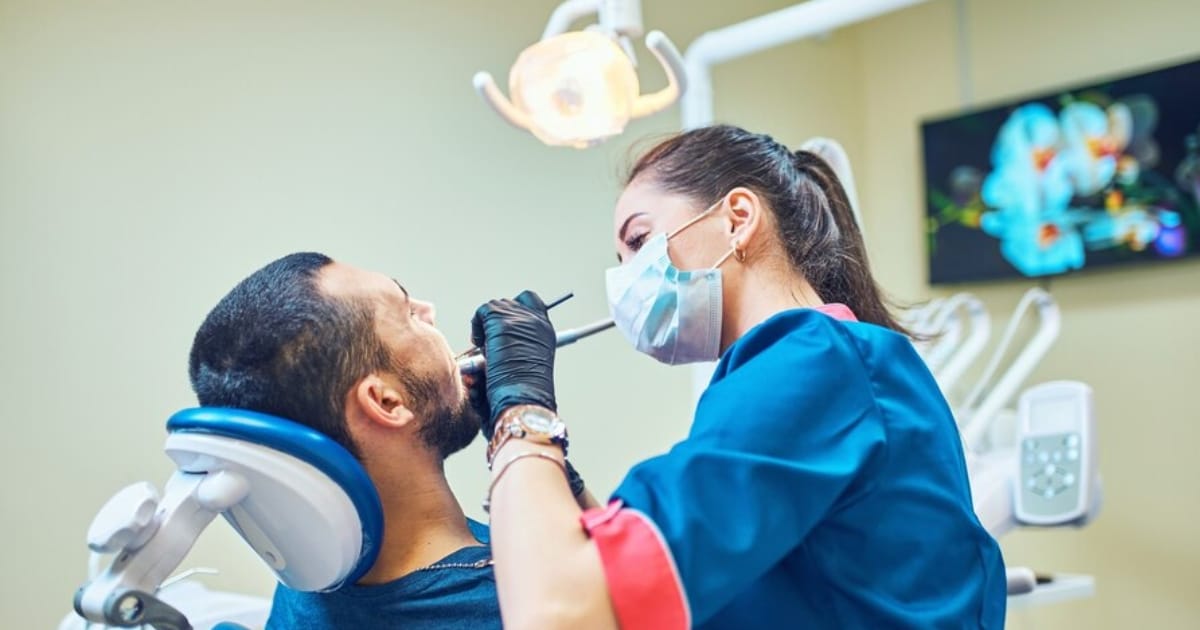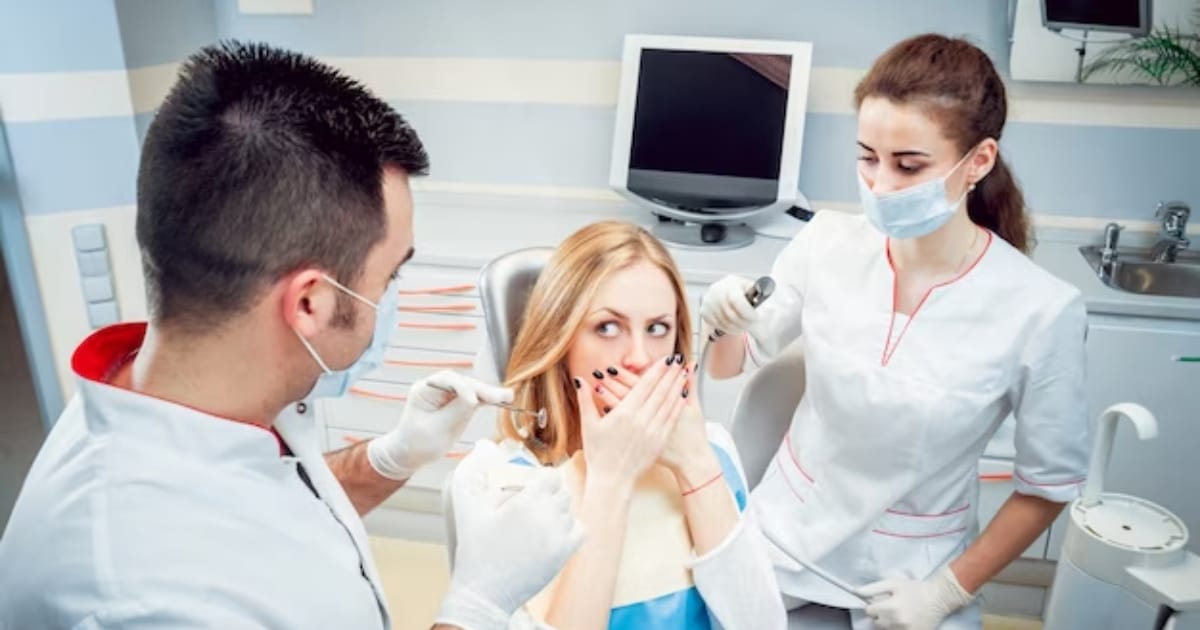Call: (630) 620-0929
How To Manage Dental Emergencies At Home: Expert Tips And Remedies


Dental emergencies can happen unexpectedly, and knowing how to manage them is essential, especially when immediate dental care may not be readily available. This article will provide expert tips and remedies on managing common dental emergencies at home. While these measures can offer temporary relief, seeking professional dental care as soon as possible is crucial.
Toothache:
Various factors, such as dental decay, gum disease, or a dental abscess, can cause toothaches. To manage a toothache at home, rinse your mouth with warm saltwater to help alleviate any inflammation or infection. Gently floss around the affected tooth to remove any food particles that may be causing discomfort. Applying a cold compress to the affected area can help reduce pain and swelling. Over-the-counter pain relievers can also provide temporary relief, but it’s important to consult a dentist for a proper diagnosis and treatment.
Knocked-Out Tooth:
If a tooth gets knocked out, quick action is crucial. Carefully handle the tooth by the crown (the top part) and avoid touching the roots. Rinse the tooth gently with water if it’s dirty, but do not scrub or remove any tissue fragments. Try to reinsert the tooth into its socket. If reinsertion is impossible, place the tooth in a container of milk, saline solution, or your saliva to keep it moist. Seek immediate dental attention, as the chances of saving the tooth are higher if reimplanted within one hour.
Chipped Or Fractured Tooth:
If tooth chips or fractures, rinse your mouth with warm water to clean the area. If bleeding, apply gentle pressure using a clean gauze or cloth. To reduce swelling, apply a cold compress to the affected area. Save any tooth fragments if possible, as they may be useful for potential dental repairs. It’s crucial to see a dentist as soon as possible for an evaluation and appropriate treatment options, including dental bonding, veneers, or a dental crown.
Lost Filling Or Crown:
If a filling or crown becomes dislodged, protecting the affected tooth is important until you can see a dentist. You can temporarily use temporary dental cement or denture adhesive to reattach the crown or filling. Clean the inside of the crown or filling and apply a small amount of the adhesive material, then carefully place it back onto the tooth. Avoid chewing on the affected side of your mouth until you can see a dentist, as this can further damage the tooth or restoration.
Soft Tissue Injuries:
Injuries to the mouth’s soft tissues, such as the lips, tongue, or cheeks, can occur due to accidents or trauma. Rinse your mouth gently with warm salt water to clean the area and help prevent infection. Apply a clean, moistened gauze or tea bag to the injured area to control bleeding. If the bleeding persists or the injury is severe, seek immediate medical attention or visit an emergency room.
The Bottom Line
While managing dental emergencies at home can provide temporary relief, it’s essential to remember that these measures are not substitutes for professional dental care. Seeking immediate attention from a dentist is crucial to ensure proper diagnosis and treatment. Remember to maintain good oral hygiene, schedule regular dental check-ups, and practice preventive measures to minimize the risk of dental emergencies. By being prepared and knowledgeable about managing dental emergencies, you can take proactive steps to safeguard your oral health and seek appropriate professional care when needed.





